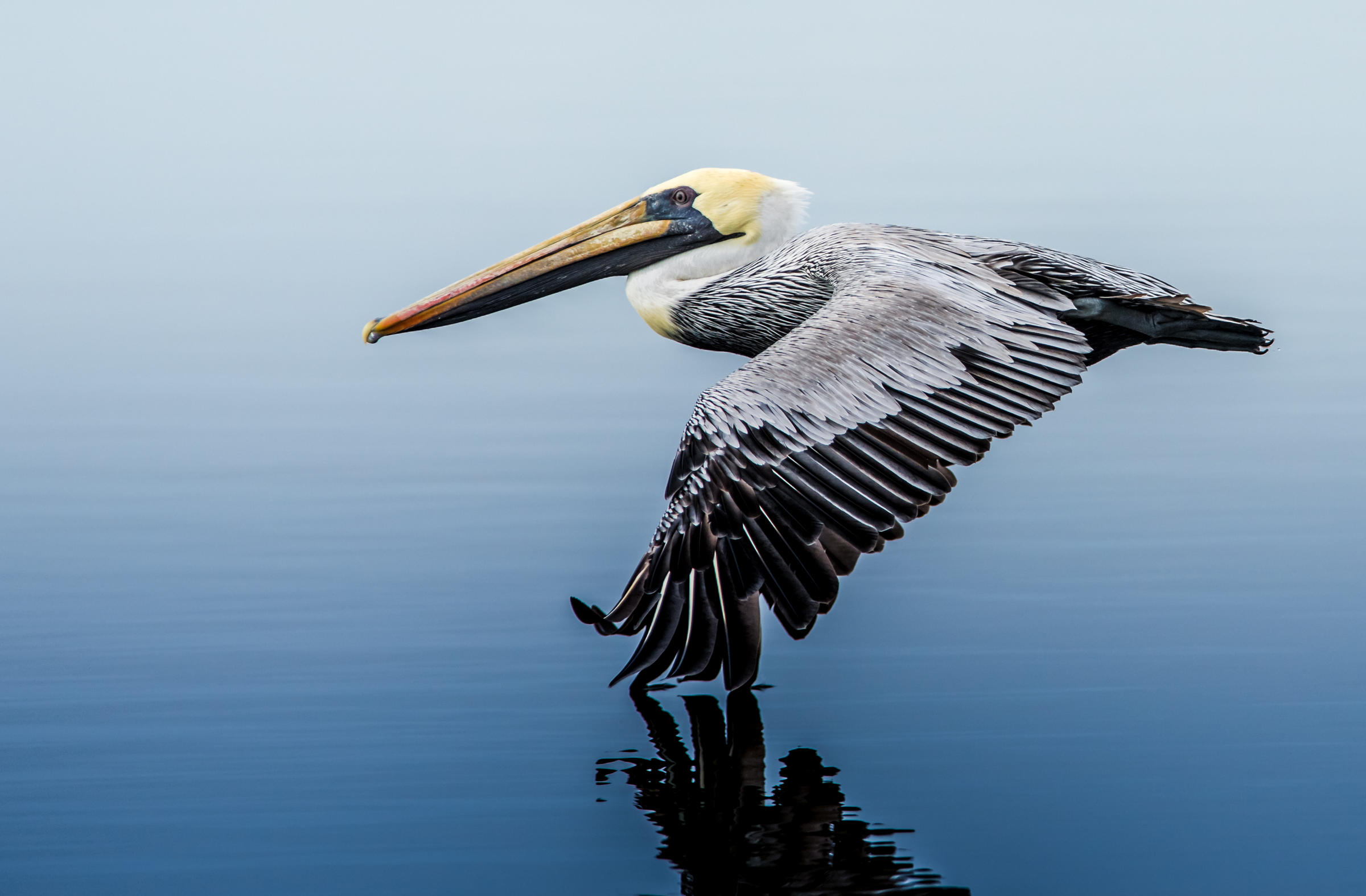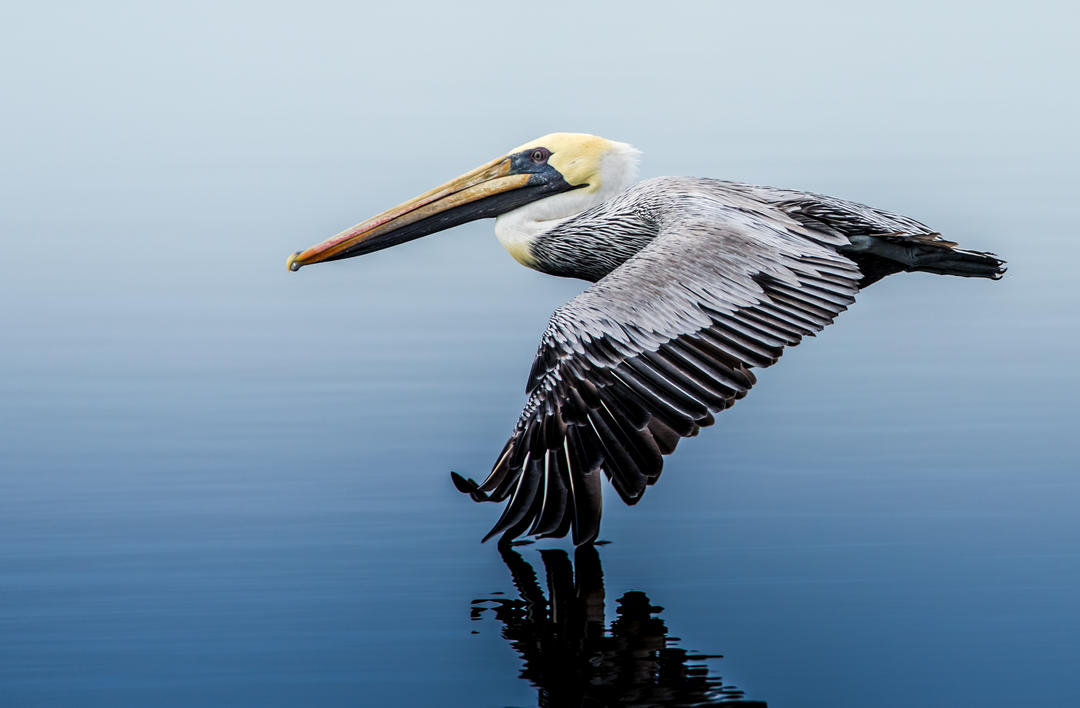Every year millions of seabirds breed, feed, and/or migrate through off of our coastline, taking advantage of wind-driven upwelling which brings nutrients to the surface and creates rich food resources to top predators such as marine mammals, large fish and seabirds.
Audubon works on ensuring protections of nesting and feeding habitat for seabirds, in partnership with Audubon chapters, state and federal agencies, and other NGOs such as Oceana, Pew Trusts, Earthjustice, Wild Oceans, and Ocean Conservancy.
We are proud to engage in science-based advocacy, in close grassroots collaboration with numerous coastal chapters and local community members, that has made a difference for our amazing marine birds. Our accomplishments include:
Protecting Habitat
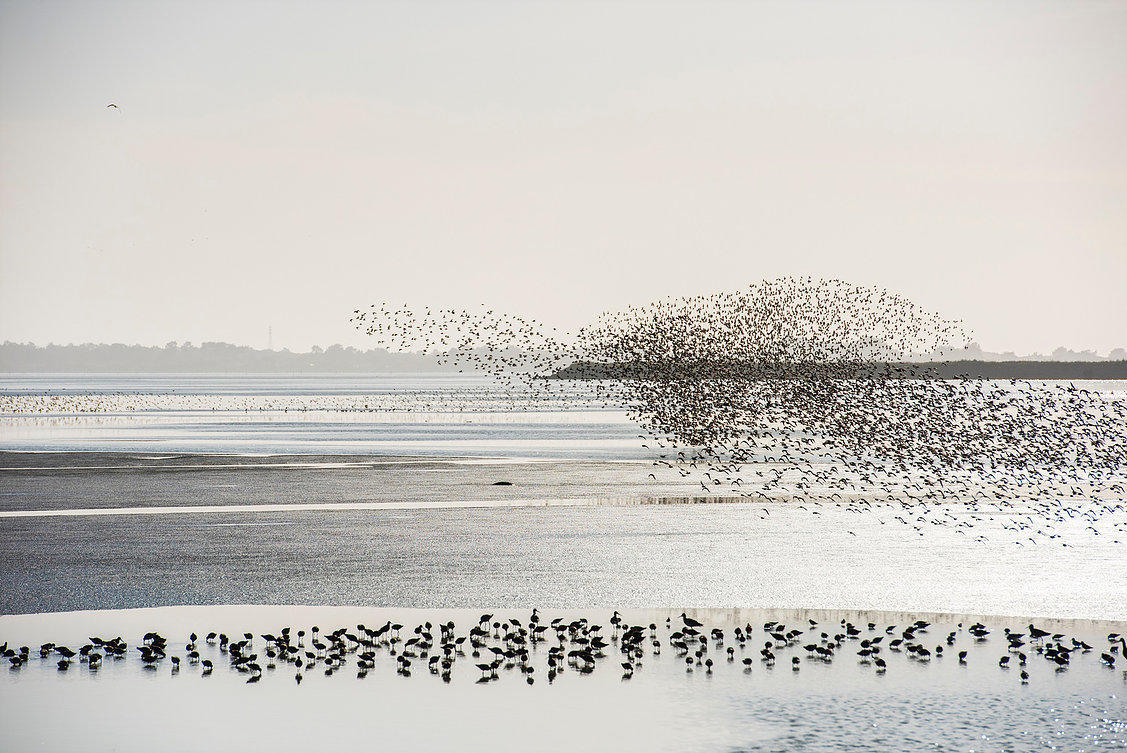
- Developed an Eelgrass Habitat Suitability Model for San Francisco Bay that predicts density and frequency of this vital flowing aquatic grass. The model will inform conservation efforts, management, and restoration of eelgrass through San Francisco Bay. Explore the model HERE.
- Leader of a broad-based campaign to protect key eelgrass and mudflat habitats in Humboldt Bay from shellfish growing operations. This has saved at least 10% of California’s precious eelgrass habitat from destruction. Humboldt Bay is a shorebird site of hemispheric importance, and the most important migrating and wintering site for Pacific Black Brant south of Alaska. Selected media stories published here and here. More information here.
- With Mendocino Coast Audubon, leader in establishment of marine reserves and special protections for seabird breeding colonies in California’s north coast.
- Designated west coast portion of Marine Important Bird Areas from Alaska through Baja. Many of these areas have received special management attention.
- Opposing piecemeal expansion of shellfish growing operations in California’s intertidal areas, especially Tomales and Humboldt Bays, in the absence of a planning process to allow industry growth while protecting coastal habitats for birds and wildlife, hunting and fishing, and other recreation.
Protecting Food Resources for Birds
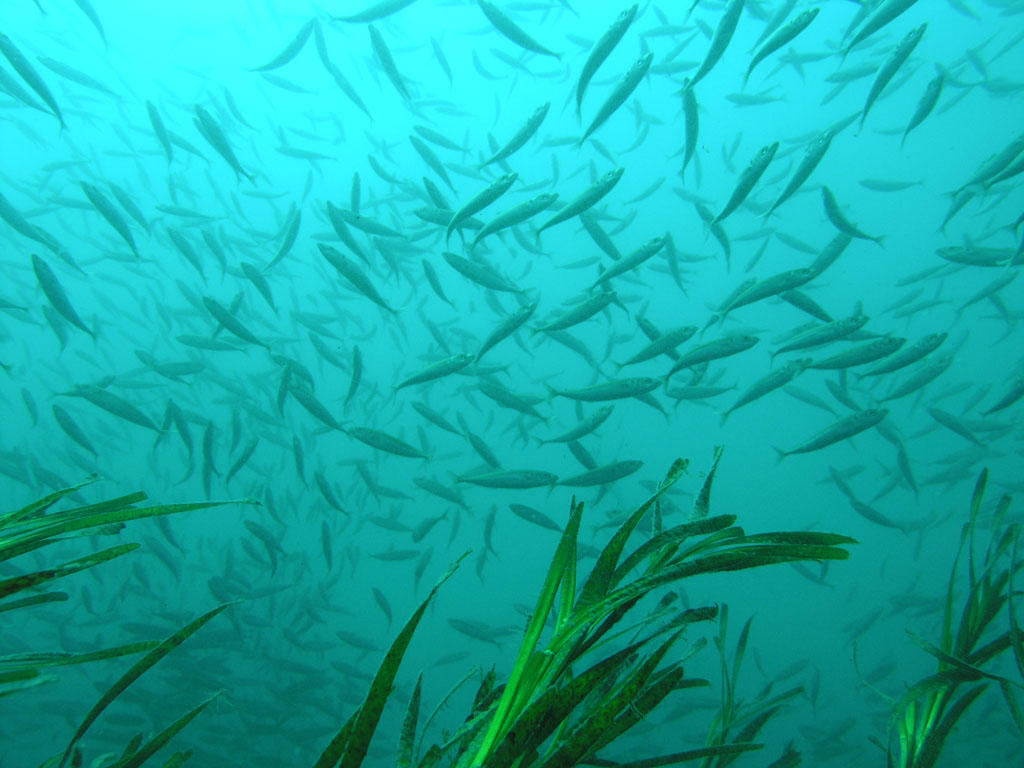
- Co-led campaign to protect currently unfished forage species, comprising dozens of individual species, important for albatrosses, shearwaters, storm-petrels, and more. Forage fish are now protected from overfishing in 318,000 square miles of ocean known as the “Blue Serengeti” for its importance to birds, marine mammals, turtles, sharks, and large fish. Media stories are published here, here, and here.
- Co-led establishment of a new policy in California to protect forage fish, that ensures special consideration for the species that support our diverse marine wildlife and commercial and recreational fisheries.
- One of two appointed stakeholders for a new legal management framework for Pacific herring in California. (link to fact sheet) Developed hand-in-hand with the commercial fleet leaders, the new regulations and Fisheries Management Plan will ensure sustainable, precautionary fishing as well as enhanced protection for herring spawning habitat. Raised public awareness of the importance of herring as a food source in San Francisco Bay. See published media here and here.
- Co-leading campaign to update management of northern anchovy, the most important seabird food off of California.
Focus on Iconic and Ecologically Important Marine Birds
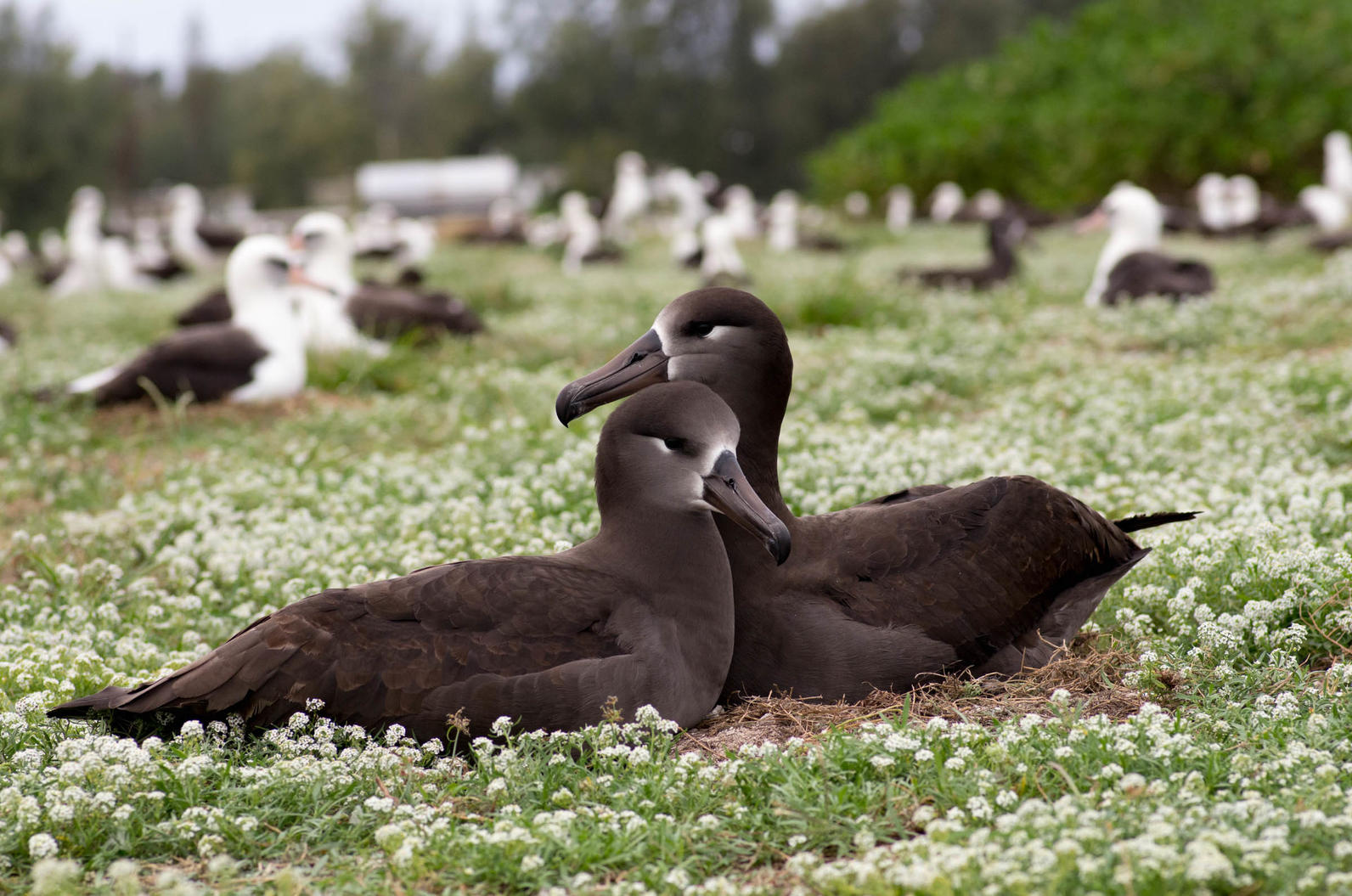
- Led NGO support for new regulations to protect albatrosses in our west coast demersal (bottom) fishing fleets, and opposing new pelagic longline fisheries for swordfish off the west coast, that would pose an unacceptable risk to our magnificent North Pacific albatrosses.
- A co-leader ensuring the completion in 2017 of a range-wide Conservation Action Plan (CAP) for Ashy storm-petrel that is the blueprint for protecting the species. The CAP has already resulted in over $600,000 spent to complete priority on-the-ground projects to conserve this rare, range-restricted “sea swallow.”
- With the Center for Biological Diversity, fought to protect the rarest population of Marbled Murrelet, the central coast “Zone 6” population. Our joint advocacy resulted in improved nesting conditions for the species in the central coast.
- Completed a 10-year, focused statewide program to understand and protect Black Oystercatcher, involving hundreds of biologists and community volunteers and resulting in improved conservation for 6-8% of the global population of the species. Media stories are published here and here.
- With U.S. Fish and Wildlife Service, developed and implemented a community-based bi-annual California Brown Pelican survey involving hundreds of participants from Washington through Baja. Media stories published here and here. Successfully advocated to ensure continued monitoring of pelican nesting success at the Channel Islands, the only U.S. breeding site for the subspecies.
Chapter Collaboration
Audubon’s 19 coastal chapters are the grassroots voice and our key partners for protecting birds and habitats. Audubon chapters that comprise our closest partners are San Diego, Sea and Sage, Santa Barbara, Morro Coast, Monterey, Sequoia, Madrone (Sonoma County), Mendocino Coast, Redwood Region, and Bird Alliance of Oregon.
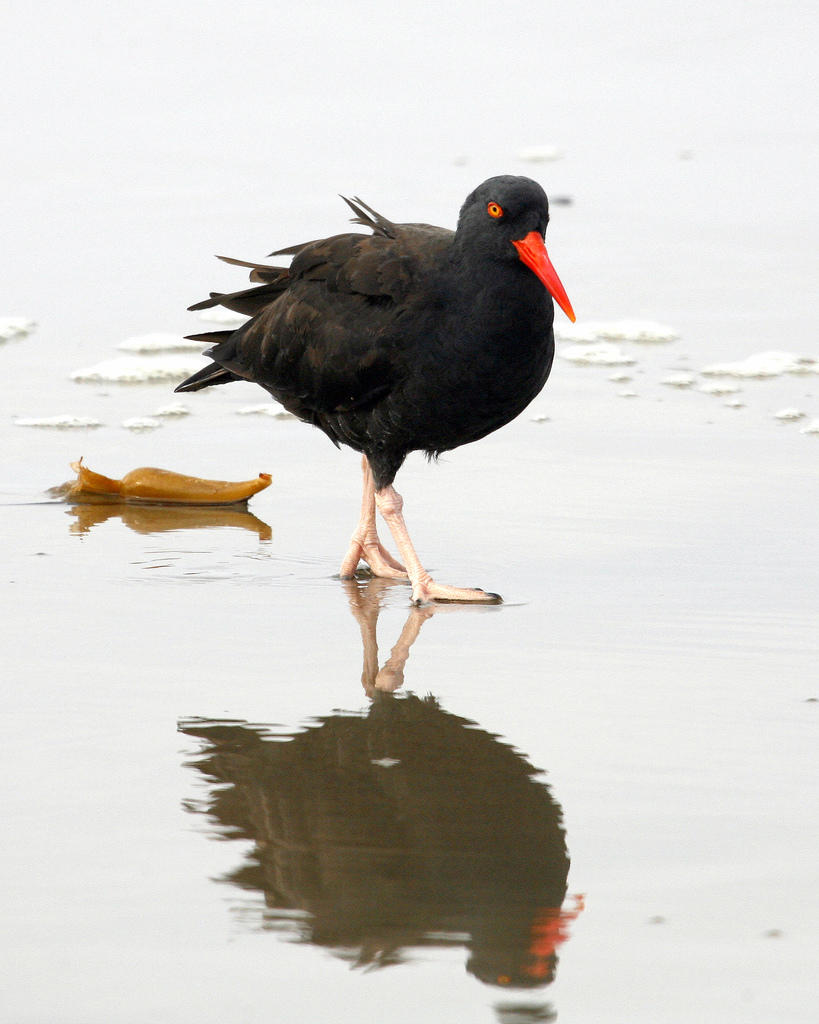
The Black Oystercatcher is projected to lose about 75% of its winter climate suitability range in California. It is also an indicator species that Audubon California prioritizes protection of by restoring shoreline habitats. Learn more about conservation of this striking bird HERE.
Selected Technical Publications
Pacific Herring:
http://calcofi.org/publications/calcofireports/v58/Vol58-Thompson_pages_77-94.pdf
Ashy Storm-Petrel:
https://sora.unm.edu/sites/default/files/44_1_53-62.pdf
Black Oystercatcher:
http://www.marineornithology.org/PDF/42_1/42_1_49_56.pdf
For more information on the National Audubon Society's conservation strategy for coasts, visit: https://www.audubon.org/conservation/coastal-strategy
How you can help, right now
Get Audubon CA in Your Inbox
Our newsletter is fun way to get our latest stories and important conservation updates from across the state.
Donate to Audubon
Help secure the future for birds at risk from climate change, habitat loss and other threats. Your support will power our science, education, advocacy and on-the-ground conservation efforts.
HOTSPOT: Flyover of California's Birds and Biodiversity
California is a global biodiversity hotspots, with one of the greatest concentrations of living species on Earth.

